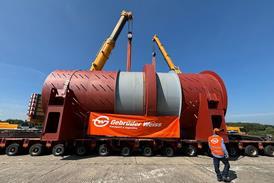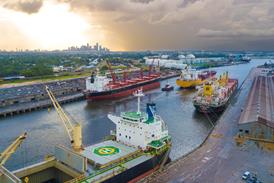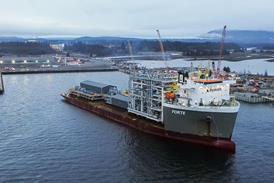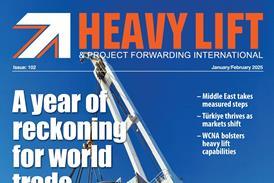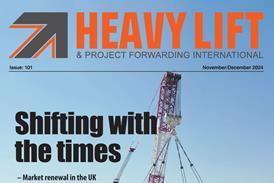Conditions in the ro-ro shipping sector continue to soften, according to sector analyst and data provider Esgian. In March, daily time charter rates fell month on month by 12 percent, ending Q1 2025 at USD60,000 per day on average. Further declines are expected in the months ahead.
The analyst said that time charter rates for ro-ro vessels, on average, are now more than 50 percent lower than seen at the market peak at the end of 2023. Given the US’s imposition of tariffs worldwide, further rate drops are expected.
Deepsea calls at the Port of Antwerp fell 9 percent year on year, while waiting times soared from 0.5 to 8.5 days. The disruptions were due to a 24-hour nationwide strike on March 31. Throughout that day, the port reported that only 10 ships managed to enter and leave, resulting in a backlog of some 50 ships that day.
Overall, however, port waiting times are falling. In March 2025, global deepsea port waiting time dropped to 922 days, down about 7 percent from 990 days in March 2024. However, the port of Singapore saw wait times rise to a total 24.6 days in March 2025, up from just over 4 days in the same month last year, a fivefold increase. MOL faced the longest delays, with waiting times surpassing 14 days, said Esgian.
Esgian’s data shows that the Mediterranean Sea consistently reported the most significant year-on-year increase in port calls as of March 2025, with a 55 percent rise compared to the same period last year.
The analyst noted that March 2025 was a significant month for car carriers due to proposed US port fees for operators of Chinese vessels and fleets comprising Chinese-built vessels. Additionally, automobile manufacturers face an additional 25 percent tariff on imported vehicles, with this tariff starting from April 3, 2025.
“We observed more sailing time and better management of berths and reduced time at ports during the first quarter of 2025,” said Esgian. “However, the drop in time charter rates from last year, combined with the new and proposed tariffs, brings uncertainty to the ro-ro market. The automotive supply chain faces a challenging year ahead, with longer shipping routes through the Suez Canal and Red Sea, changes in how ports operate, and shifts in how long vessels are idle or on standby in 2025. We’ll keep a close watch on important indicators to stay updated on market changes and understand their effects on supply chains.”
Further analysis shows that From January to February 2025, there were a total of 27 sailings from China to the USA, a 52 percent drop from 56 sailings in the same period of 2024 (with a maximum transit time of 50 days). “We observed on our platform that the number of upcoming port calls to the US decreased from 83 on March 18 to 65 by April 3, the date when the new tariffs are set to take effect,” Esgian added.

